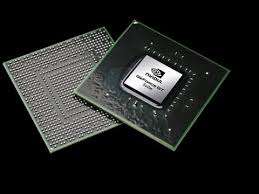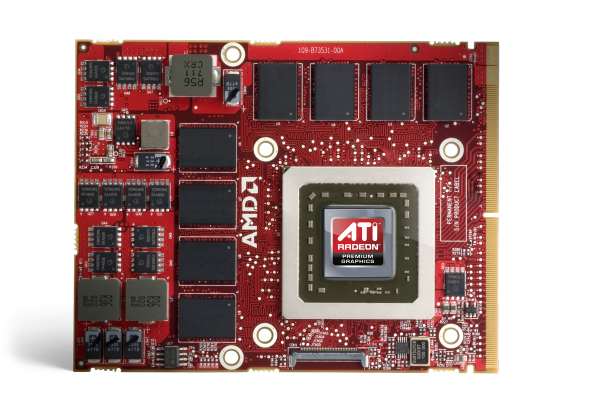How to overclock a video card on a laptop?
It must be understood that the laptop has a compact structure, therefore, its components are more susceptible to heat than in a desktop computer, while providing decent cooling is much more difficult, so overclocking a video card in this device should be approached with extreme caution.
Overclocking a video card in a laptop, theory
Overclocking a graphics card on a laptop is perhaps the least dangerous type of overclocking. It makes no sense to consider built-in cards for overclocking; due to their low performance, the result will be slightly higher than zero. But if it is discrete, the task is already real, and both AMD and Nvidia cards are suitable for this purpose.
Now it is worth considering what the overclocking process is in general. It is based on increasing the operating frequencies of the memory and the core of the card, but at the same time there is a problem – intense heating, which is always at a high level on compact computers. Mobile chips can work in normal conditions and at 100 degrees, although it is not easy to burn a modern chip, it is worth monitoring the temperature.
First of all, when overclocking a laptop video card, you need to study its cooling system, its design features, it may be that the processor and video card are cooled by one cooler, and hang on the same heat pipe, while also being soldered to the board, while the processor can additionally warm up from the video card, as a result, the processor at 95 degrees will reset its frequencies. With poor cooling, the ceiling temperature of the card chip is 90 degrees, and preferably no more than 70.
The MSI AFTERBURNER program can help you overclock an nvidia video card in a laptop. If the question arises of how to overclock an AMD video card on a laptop, then you can also advise the same program, it is perfect for cards manufactured by both companies.
The acceleration itself can be divided into the following stages:
- GPU overclocking
- Video memory overclocking
- Acceleration of calculation blocks
Method for overclocking a video card for a laptop
There is already a certain and proven procedure that allows you to perform overclocking in the most efficient and safe way, and the essence of this method is that you should start overclocking from the video chip, due to the fact that the core, when heated, begins to heat up the surrounding parts, including and video memory modules, which are most often located next to the chip, like the chip, its stable frequency drops with an increase in operating temperature, therefore, if you start overclocking from memory modules, which will start to heat up, and then start overclocking the core that heats up the modules even more, the memory modules will start to fail much earlier than they could, even at those frequencies at which they used to work normally. As a result, the procedure will be as follows: first, the chip is overclocked, and then the memory.
Watch a video on how to overclock a laptop video card.
It should be remembered that all manipulations with the card are performed at your own peril and risk, with illiterate and inept overclocking, many things are possible, including the failure of the entire laptop.
Be sure, after increasing the frequencies, you should immediately test the card for temperature and the so-called artifacts – yellow dots or dashes, or even stripes. If no flaws were found during testing, then overclocking can be continued, this procedure is done until artifacts begin to appear. After they appear, you should step back one step in terms of frequencies, after that, increase the frequency in a smaller step than initially, again approaching the moment the artifacts appear, after they appear again, you need to roll back one step back to the last stable frequency. Then you need to test the card for half an hour or more, if nothing was noticed during the test, then the card is at the peak of its overclocking.
The increase in performance for laptops during overclocking is, at best, about 40-50%, so you should not expect miracles and an increase of 2-3 times.
overclocking software
To work with an increase in frequencies, you need special software, such a popular program as MSI Afterburner will be considered as such. Also, such an excellent program as 3DMark06 is suitable for testing.
Now about working with MSI Afterburner. It is worth noting that the window of this program will look different for different video card manufacturers. For one, it will be possible to change only the frequency of the core (core clock) and memory (memory clock), while for the other, the frequency parameter of the computing units (shader clock) will also be available. This is due to the different architecture of the production of video cards, for some, all units operate at the same frequency, while for others, the frequency of computing units may differ by 3 times, so this part cannot be overclocked in this card.
The program interface looks like this: the monitoring window to the right of the main one, it shows temperature and frequency graphs, there you can monitor the absence of overheating and frequency drops, reducing frequencies from overheating – a modern chip protection system, if it were not there, it would simply burn out. In the main window of the program, the frequencies are actually adjusted, there are also apply and reset buttons for applying and resetting the settings, respectively.



